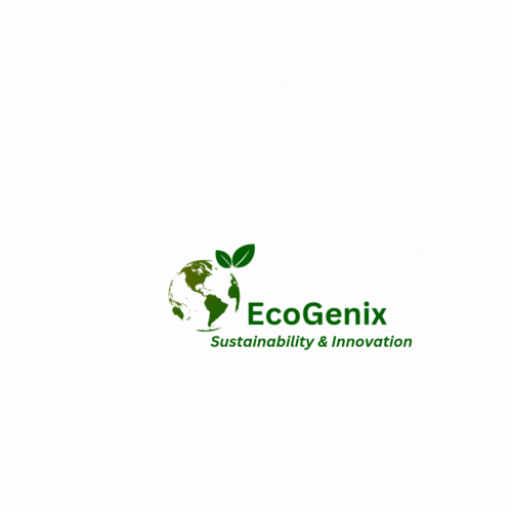Introduction
Sustainable Development Goal (SDG) 15, “Life on Land,” is a critical global initiative aimed at protecting, restoring, and promoting the sustainable use of terrestrial ecosystems. The goal recognizes the intrinsic value of Earth’s land-based ecosystems and the vital role they play in supporting life, biodiversity, and human well-being. This article delves into the importance of SDG 15, its achievement strategies, integration with other SDGs, target audience, global progress, examples of implementation, benefits, concerns, and potential solutions.
The What and Why of SDG 15
SDG 15 seeks to address the ongoing degradation of terrestrial ecosystems caused by deforestation, desertification, habitat loss, and biodiversity decline. By protecting and restoring these ecosystems, we can safeguard biodiversity, maintain ecosystem services, combat climate change, and ensure the well-being of present and future generations.
How It Can Be Achieved
Achieving SDG 15 requires multifaceted efforts, including:
Conservation and Restoration: Protecting and restoring forests, wetlands, grasslands, and other vital ecosystems. Promoting sustainable land management practices and reforestation efforts can help mitigate degradation.
Biodiversity Conservation: Ensuring the preservation of species diversity and genetic resources. Establishing and expanding protected areas and promoting sustainable wildlife management are key strategies.
Sustainable Agriculture: Promoting practices that enhance productivity while minimizing environmental impact, such as agroforestry and organic farming.
Combatting Desertification: Implementing measures to prevent and reverse land degradation and desertification, including through afforestation and sustainable land management techniques.
Addressing Invasive Species: Managing and controlling invasive species that threaten native flora and fauna.
Integration with Other SDGs
SDG 15 is closely interconnected with several other SDGs:
SDG 13 (Climate Action): Restoring and protecting forests helps absorb carbon dioxide, contributing to climate change mitigation.
SDG 14 (Life Below Water): Healthy terrestrial ecosystems contribute to the health of adjacent marine ecosystems through nutrient cycling and sediment regulation.
SDG 1 (No Poverty) and SDG 2 (Zero Hunger): Sustainable land management supports food security and poverty reduction.
SDG 6 (Clean Water and Sanitation): Healthy ecosystems contribute to clean and available water resources.
Target Audience, Where, and Why
The primary target audience for SDG 15 includes governments, non-governmental organizations, local communities, scientists, and industries. The goal’s scope is global, as terrestrial ecosystems are found in every country. It particularly focuses on regions where degradation is most severe, such as deforestation in the Amazon rainforest or desertification in Africa’s Sahel region.
Global Progress and Examples of Implementation
While progress varies, notable measures have been implemented worldwide:
China’s Great Green Wall: China’s ambitious afforestation project aims to combat desertification and erosion by planting trees across the northern part of the country.
Costa Rica’s Payment for Ecosystem Services (PES) Program: This initiative rewards landowners for conserving and restoring forests, fostering biodiversity, and mitigating climate change.
Brazil’s Amazon Fund: Established to support projects aimed at reducing deforestation rates in the Amazon rainforest.
Benefits and Concerns
The benefits of achieving SDG 15 are far-reaching:
Biodiversity Preservation: The protection of ecosystems ensures the survival of diverse species, maintaining ecosystem resilience.
Climate Change Mitigation: Forests act as carbon sinks, reducing greenhouse gas concentrations.
Ecosystem Services: Healthy ecosystems provide essential services such as clean water, pollination, and soil fertility.
However, concerns persist:
Deforestation: Unsustainable logging and clearing of forests for agriculture contribute to habitat loss and climate change.
Land Degradation: Desertification, soil erosion, and degradation threaten agricultural productivity and biodiversity.
Inequity: Indigenous communities often suffer disproportionately from land degradation due to their close dependence on natural resources.
Solutions and Future Outlook
Addressing these concerns requires a collaborative approach involving governments, NGOs, businesses, and local communities:
Policy Frameworks: Strengthen and enforce laws protecting forests, wetlands, and other crucial habitats.
Education and Awareness: Promote sustainable land management practices and raise awareness about the importance of terrestrial ecosystems.
Inclusive Approaches: Involve indigenous communities and local stakeholders in decision-making, respecting their traditional ecological knowledge.
In conclusion
SDG 15, “Life on Land,” is pivotal for the survival of our planet. Achieving this goal entails preserving terrestrial ecosystems, conserving biodiversity, and promoting sustainable land management. Integrating these efforts with other SDGs maximizes their collective impact. While challenges remain, global initiatives, policy changes, and local actions hold the key to securing a sustainable future for life on land.
ARTICLE BY: WAYNE TOTA
Food Security and Climate Change
waynetota9@gmail.com
0601133196239
Visit for more articles:
https://sites.google.com/view/foodsecure-sustain-agriclimate/home.

Leave a Reply